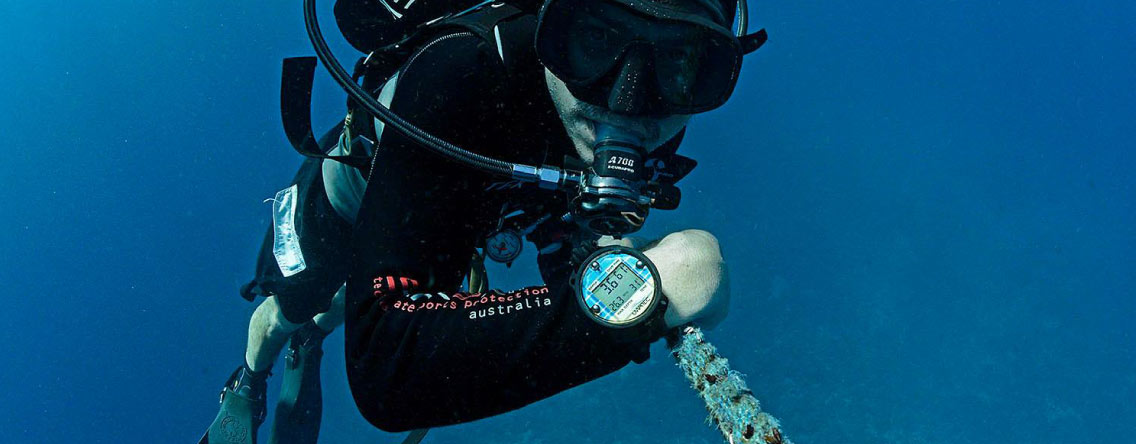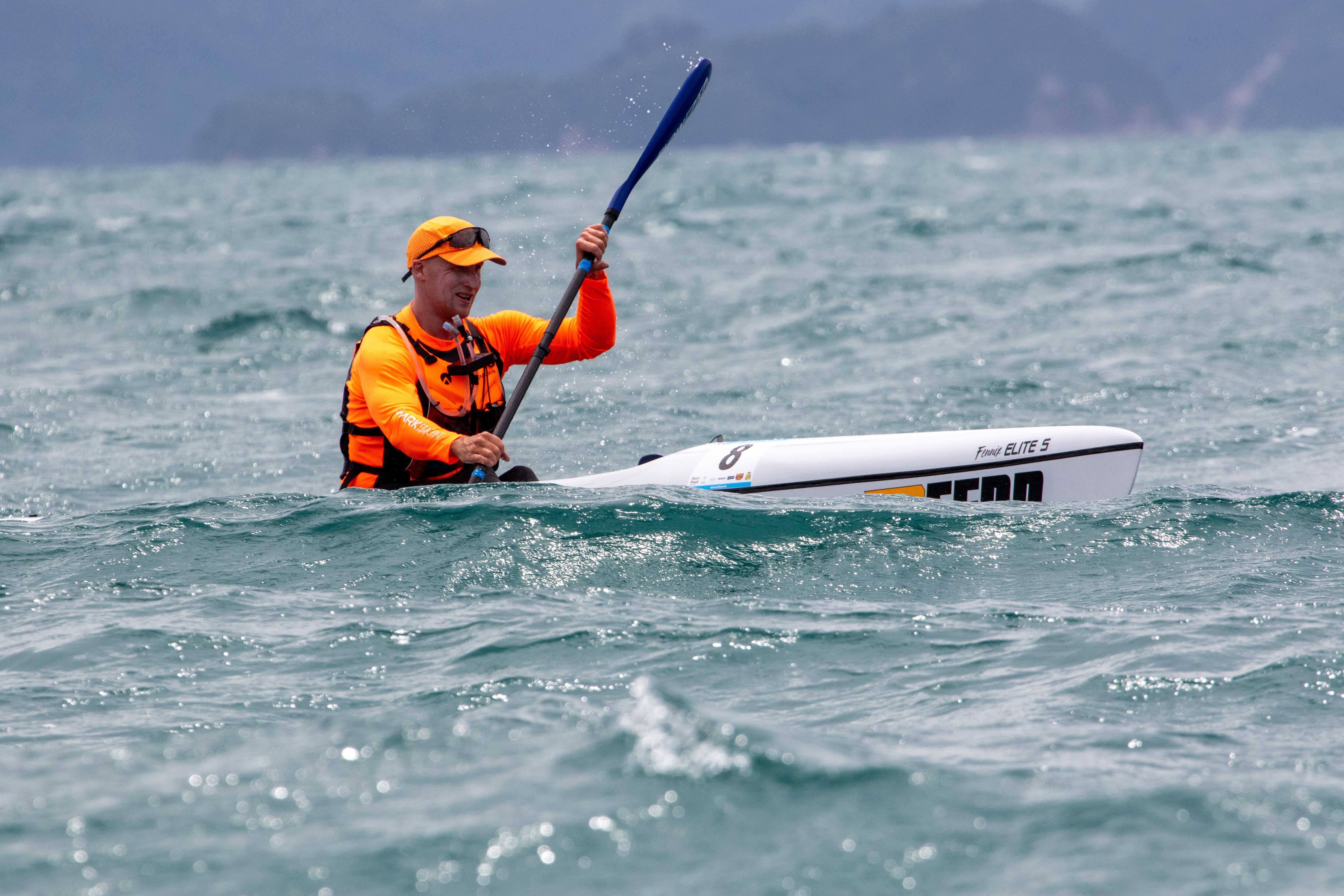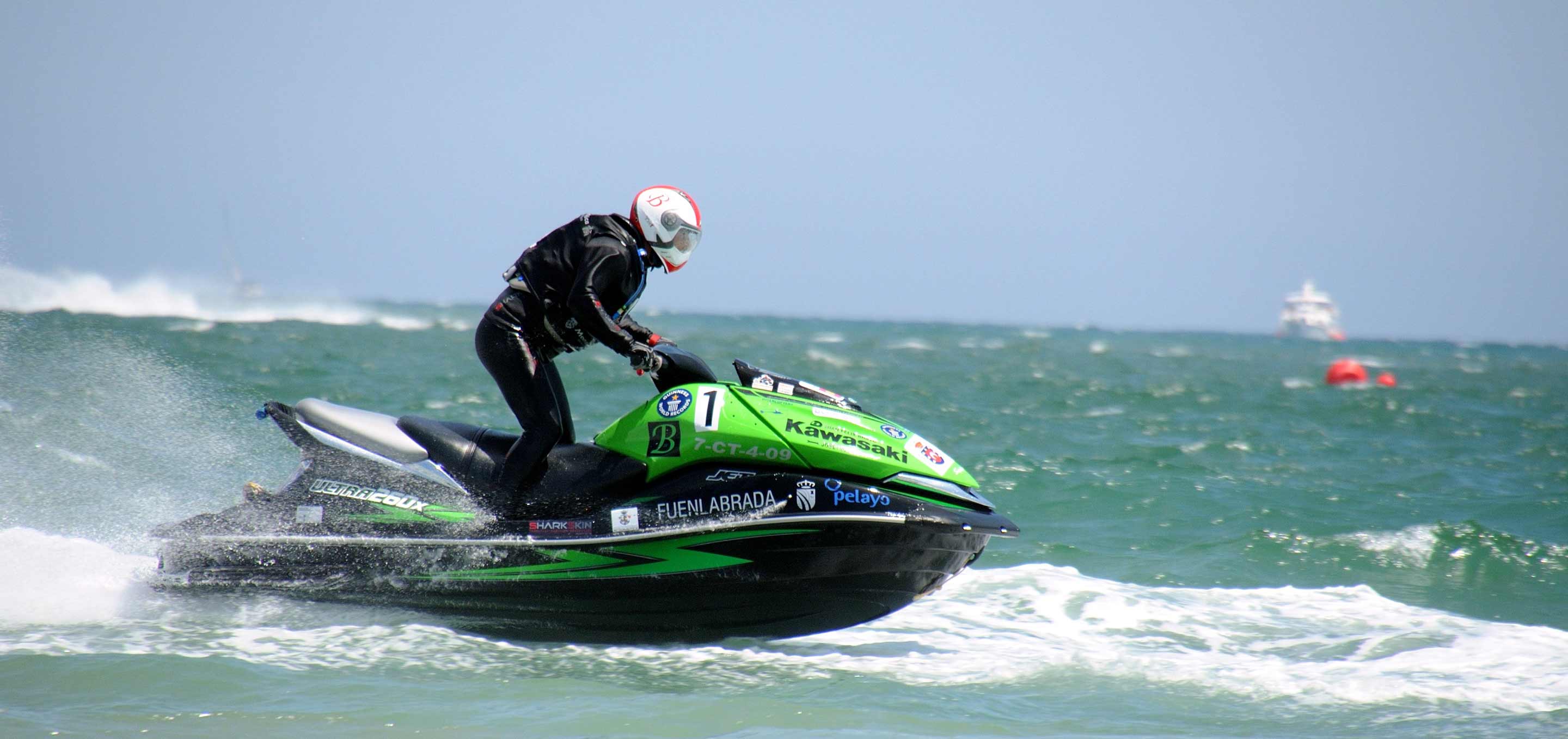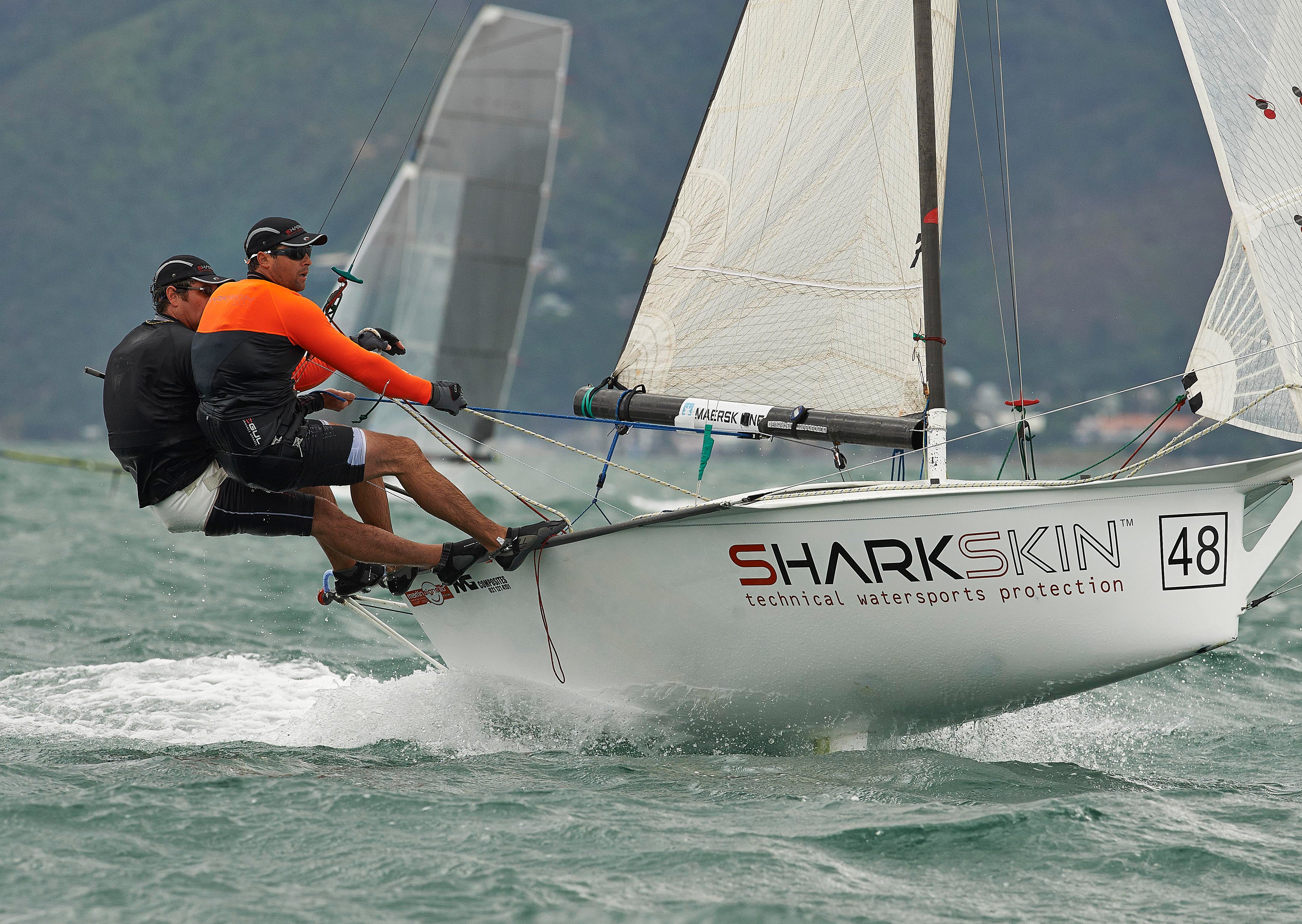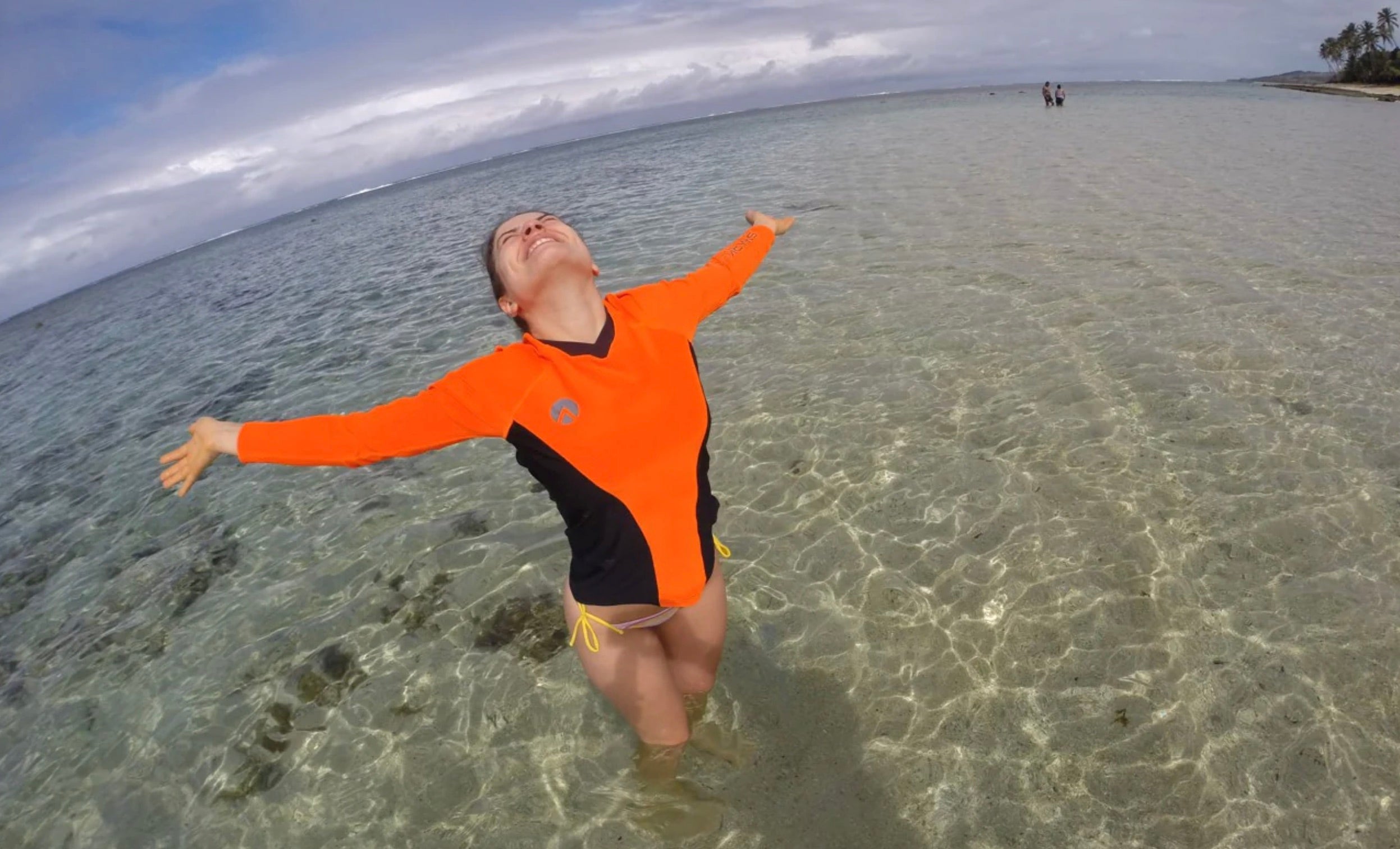What Are Hooded Wetsuits?
For many water enthusiasts, especially those who venture into cold water, a hooded wetsuit can be a game-changer. With the built in hood design or the option to buy a separate hood and attach it, hooded wetsuits offer excellent protection against wind chill, help prevent issues like surfers' ears, and greatly reduce overall heat loss. Below, we’ll explore why you might wear a wetsuit hood, how hooded suits work, and when they’re most beneficial for your water sport activities.
Understanding Hooded Wetsuits
A hooded wetsuit is simply a wetsuit that has a built in hood as part of its design. By encapsulating your head in warm neoprene or advanced synthetic materials, a hooded wetsuit helps to trap valuable body heat. Since a significant amount of your body’s warmth is lost through the head, a hood can be crucial for staying comfortable and safe in cold water.
Built-In Hood vs. Separate Hood
-
Built-In Hood
A suit with an attached hood creates a sealed enclosure around the neck and head, minimising water entry and retaining more heat. This option is seamless and convenient for those who frequent cooler waters. -
Buy a Separate Hood
A standalone hood can be paired with any wetsuit or thermal top. This route offers flexibility—if you only need a hood occasionally, it’s easy to add or remove as needed.
Why Wear a Wetsuit Hood?
-
Heat Retention
Keeping the head warm significantly reduces the risk of rapid heat loss. A hood helps you stay in the water longer and more comfortably. -
Wind Chill Protection
Strong winds can make wet hair and skin feel even colder. A hood shields you from wind chill on chilly or breezy days. -
Surfers Ear Prevention
Prolonged exposure to cold, windy conditions can lead to bony growths in the ear canal, commonly known as surfers ear. Wearing a hood helps reduce direct contact with cold air and water.
When Do You Need a Hooded Wetsuit?
If you’re often surfing or diving in cooler climates, a hooded wetsuit is usually a good investment. Anyone prone to the discomfort of cold water flushes or extra-sensitive to changes in head and ear temperature will benefit from a hood. Even in milder temperatures, a hood can be useful if wind is a factor.
Frequently Asked Questions
1. What is the difference between a wetsuit hood and a cap or hat?
A wetsuit hood is thicker, extends around the face and neck, and helps seal out water while providing better insulation. A cap or hat generally covers only the top of your head and may not extend over your ears or neck. If you need maximum protection from cold water and wind chill, a full hood is the better choice; if you only need minimal coverage, a cap or hat might suffice.
2. How do you wear a wetsuit hood?
First, put on your wetsuit or thermal top as usual. Next, slip the hood over your head so that the neck portion sits snugly against the wetsuit collar—this helps reduce water flushing. Adjust the face opening around your forehead and chin so it’s comfortable but sealed enough to keep water from gushing in.
3. When should you wear a hood when surfing?
You should wear a hood when the water or air temperature is cold enough that you risk losing too much heat, especially if you’ll be in the water for extended sessions. It’s also recommended in windy conditions to keep wind chill at bay and to help guard against surfers ear.
Stay Warm in, On, and Under the Water with Sharkskin™
Founded in Australia to help divers stay warm during and after a dive, the Sharkskin™ brand has evolved into a global range that covers almost every water sport imaginable. We focus on quality materials and advanced design so you can enjoy activities longer and more comfortably, no matter what the conditions. Once you experience a high-performance garment that keeps you safe from the elements, you won’t want to go without it.
If you’re considering hooded gear for colder waters, take a look at our specialised Sharkskin options:
Whether you’re diving, surfing, or paddling, gear up with Sharkskin to protect yourself from wind chill, help prevent surfers ear, and enjoy every water session to the fullest.
Disclaimer: Always check local conditions and personal tolerance for cold before deciding whether to wear a hooded wetsuit.




